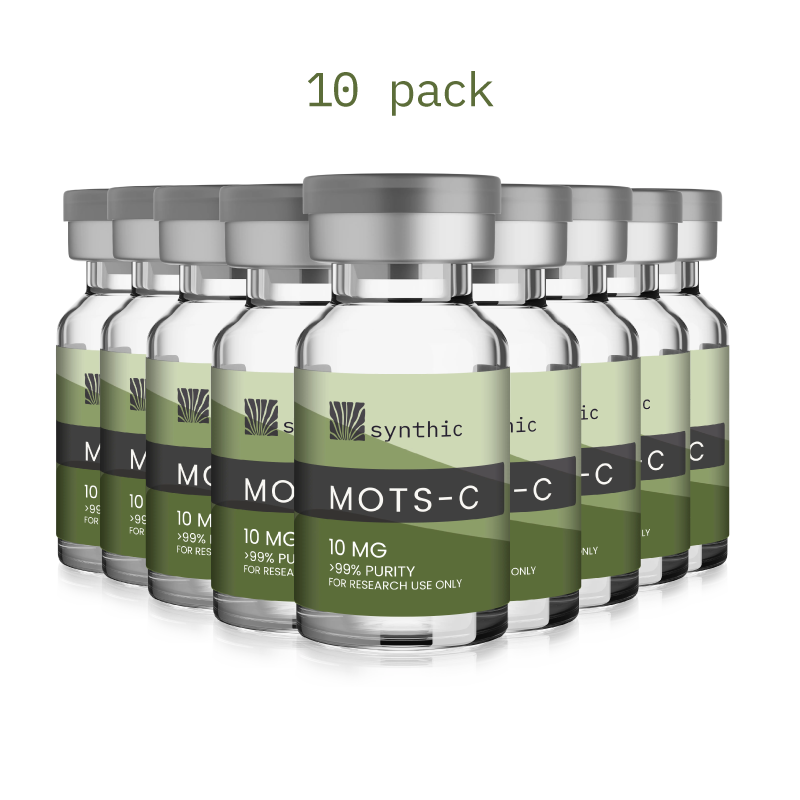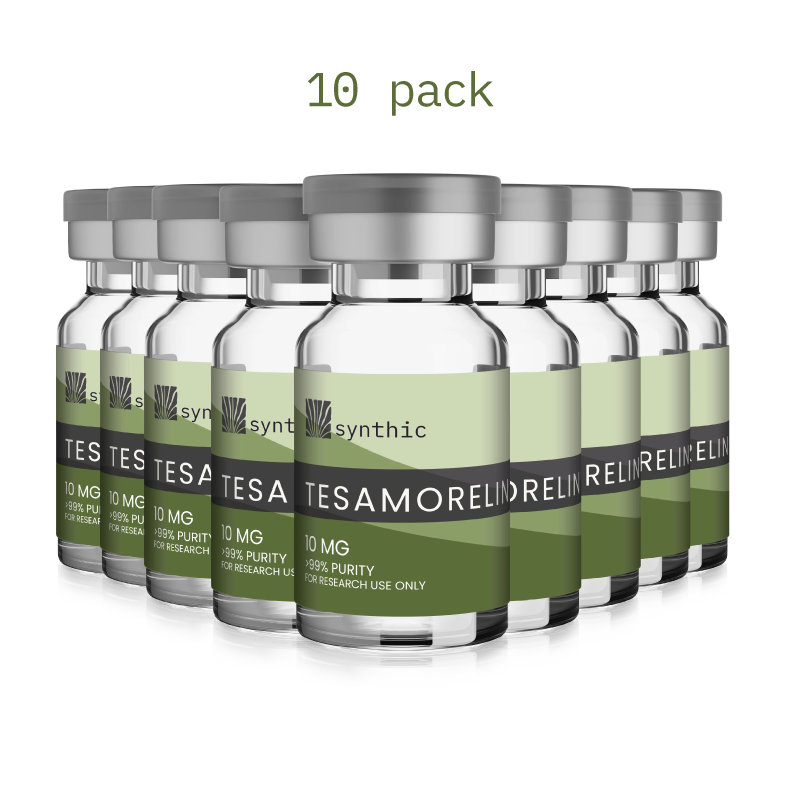Peptides are highly sensitive biomolecules. Their structural integrity and research viability can degrade rapidly under suboptimal storage conditions. Whether stored as lyophilized powders or reconstituted solutions, temperature and environmental control are essential to prevent loss of potency, oxidation, or contamination.
This guide compares the three most common storage methods—freezer, refrigerator, and room temperature—and outlines best practices for maintaining peptide stability over time.
Why Proper Peptide Storage Is Critical
Improper storage can lead to:
- Hydrolysis and oxidation
- Loss of peptide conformation
- Decreased solubility
- Experimental inconsistencies
Variables such as moisture, temperature fluctuations, UV light, and microbial exposure all contribute to degradation, making precise storage control non-negotiable in any peptide-handling protocol.
Storage Option 1: Room Temperature (20–25°C / 68–77°F)
Room temperature storage should be limited to short-term handling or shipping. While lyophilized peptides fare better than reconstituted ones at this range, degradation occurs faster compared to cooler environments.
- Best for: Temporary storage or transit of lyophilized peptides
- Shelf life: 1–2 weeks (lyophilized only)
- Risks: Oxidation, moisture exposure, UV degradation
- Tips: Keep in sealed containers away from heat and light
Storage Option 2: Refrigerator (2–8°C / 35–46°F)
Refrigeration is suitable for both lyophilized and reconstituted peptides. It slows degradation without freezing and is ideal for short to intermediate-term storage, especially when using bacteriostatic water for reconstitution.
- Best for: Reconstituted peptides (4–6 weeks); lyophilized peptides (1–3 months)
- Shelf life:
- Reconstituted: ~4–6 weeks
- Lyophilized: ~1–3 months
- Risks: Microbial growth in reconstituted solutions, oxidation if not sealed properly
- Tips: Use sterile vials, minimize vial opening, and label with reconstitution date and concentration
Storage Option 3: Freezer (–20°C or colder)
Freezing is the gold standard for long-term storage. It dramatically slows molecular degradation, especially in dry (lyophilized) form. However, repeated freeze-thaw cycles can still compromise peptide quality.
- Best for: Long-term storage of lyophilized peptides
- Shelf life: 6–24 months depending on sequence stability
- Risks: Damage from freeze-thaw cycles, condensation exposure
- Tips: Aliquot into single-use vials prior to freezing; avoid opening containers repeatedly
Quick Reference Table
| Storage Condition | Best For | Shelf-Life Estimate | Notes |
| Room Temperature | Temporary dry peptide handling | 1–2 weeks (lyophilized only) | Keep dry, cool, and out of direct light |
| Refrigerator (2–8°C) | Reconstituted peptides, short-term | 4–6 weeks (reconstituted), 1–3 months dry | Use sterile water and tight sealing |
| Freezer (–20°C) | Long-term dry storage | 6–24 months | Avoid thaw cycles; store as single-use aliquots |
Additional Storage Tips
- Avoid light exposure: Use amber vials or wrap in foil
- Minimize moisture: Lyophilized peptides are highly hygroscopic
- Label clearly: Include name, concentration, reconstitution date
- Use bacteriostatic water: Extends viability of reconstituted solutions
- Limit handling: Every exposure increases risk of contamination and degradation
Final Thoughts
Choosing the correct storage method is critical to preserving peptide stability. Room temperature is suitable for brief handling or transit. Refrigeration offers short- to mid-term viability, especially for reconstituted peptides. For long-term preservation, freezing lyophilized peptides is the most effective approach.
Following these practices ensures more consistent research results and longer usability for peptide-based materials.



